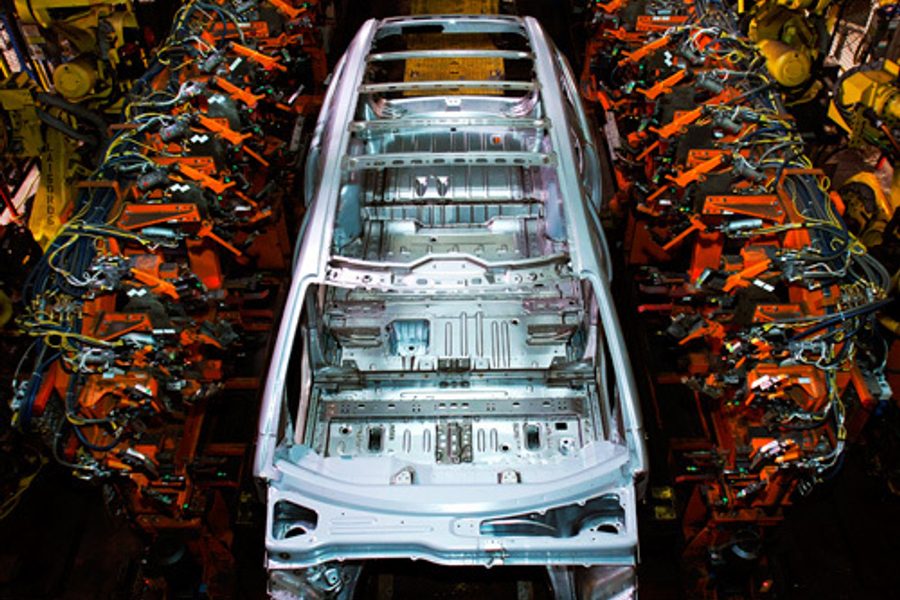
Union membership for the United Auto Workers is at its lowest point in nearly half a century, according to the union’s annual filing submitted Monday to the Labor Department.
The union reported an 18-percent decline, with only 355,191 members in 2009 — down from the 431,037 the previous year. The union’s assets, contributions to political activities and lobbying also fell, according to the filing. The numbers are a stark contrast to the days when the union’s membership was at 1.5 million, its 1979 peak.
Unsurprisingly, the UAW — a majority of whose members are employees or suppliers for by the “Big Three” automakers, General Motors, Ford and Chrysler — was badly impacted by the U.S. auto industry’s problems, triggered and intensified by the financial collapse of late 2008. More recently, the UAW ratified a severance agreement with Toyota to close the company’s only unionized factory in America, taking 4,600 more workers off the union’s books.
The UAW faces several challenges to increasing their rank and file.
At a time when union rates in the private sector have continued to decline, the U.S. auto industry lost roughly 125,000 jobs in 2009. Moreover, public sentiment toward unions have been less than positive in the wake of GM and Chrysler’s bankruptcies. The UAW in particular has been criticized after conservatives created the perception that the union’s high wages were a main source of GM and Chrysler’s problems.
Some analysts are predicting that a projected rise in auto sales could help to garner more members. But that scenario will be increasingly difficult as foreign competitors — mainly from Asia — continue to employ non-union members to manufacture cars at a wage comparable to UAW workers. To gain more members, the union has reached out to other sectors. But even as car dealers, academics, healthcare workers have joined the UAW in recent years, the gains were not enough to counter the losses in the auto industry.
There have been reports that UAW members are dissatisfied with the leadership. A group of UAW members has filed a complaint to the National Labor Relations Board alleging that union officials have been practicing nepotism. The same complaint also unveiled rifts between the executive board and staff representatives over staff contracts. The executive board has tried to impose wage and benefit concessions but has encountered resistance by staff representatives.
Still, there are signs that the UAW may change under new leadership. Last December, the union’s executive board nominated Bob King to succeed the retiring Union President Ron Gettelfinger. King, 63, a former vice president who now leads the union’s negotiations with Ford, is reportedly looking to make the union more transparent, which some UAW members said is needed leading up to their settlement with Toyota at the NUMMI plant in California. King is expected to take the helm at the union’s convention in June.
The silver lining, as the Detroit News points out, is that the UAW still has political clout. They spent $9.7 million on political lobbying last year, though it was down from the $10.6 million they spent in 2008. (The union’s assets have shrank $63 million, but it still has a total of $1.13 billion.)
The UAW may be able to strengthen its political power under fresh leadership, but it will be difficult to gain more members as U.S. manufacturing jobs continue to disappear.
King’s focus on a campaign to promote charitable contributions to rehash the UAW’s image and promises of transparency will likely benefit the iconic industrial union. But reversing a 30-year decline in membership is surely be the most formidable task facing the 75-year-old union.







